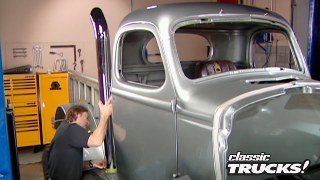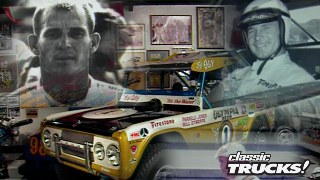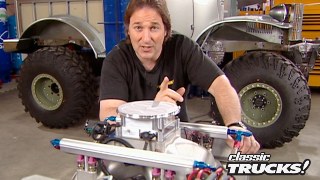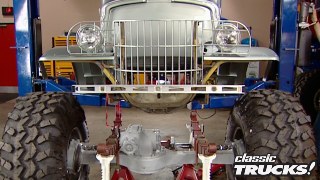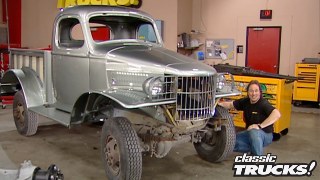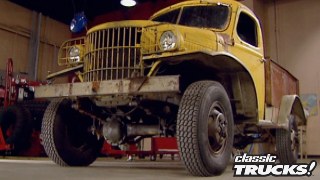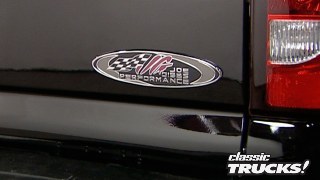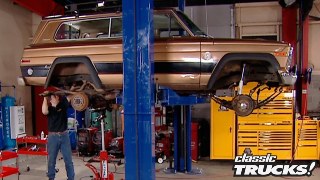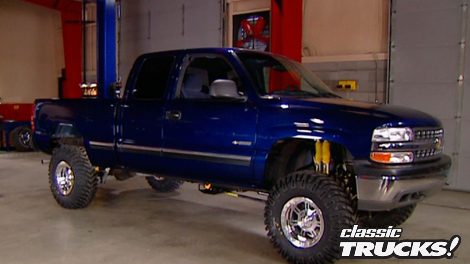
Raising a 1999 Chevy Silverado With a 6 inch Lift Kit
We elevate a 99 Chevy pickup, transforming it into Project Sinister Silverado by installing a 6-inch lift kit along with upgraded wheels and tires. Following the transformation, we spotlight the classic 79 Dodge Little Red Express, famed for its powerful engine and unique styling that distinguished it as one of the fastest production vehicles of its time.
Season 2
Episode 2
Hosts: Stacey David, Mel Fair
First Air Date: July 20, 2018
Duration: 21 minutes 12 seconds
